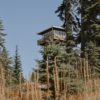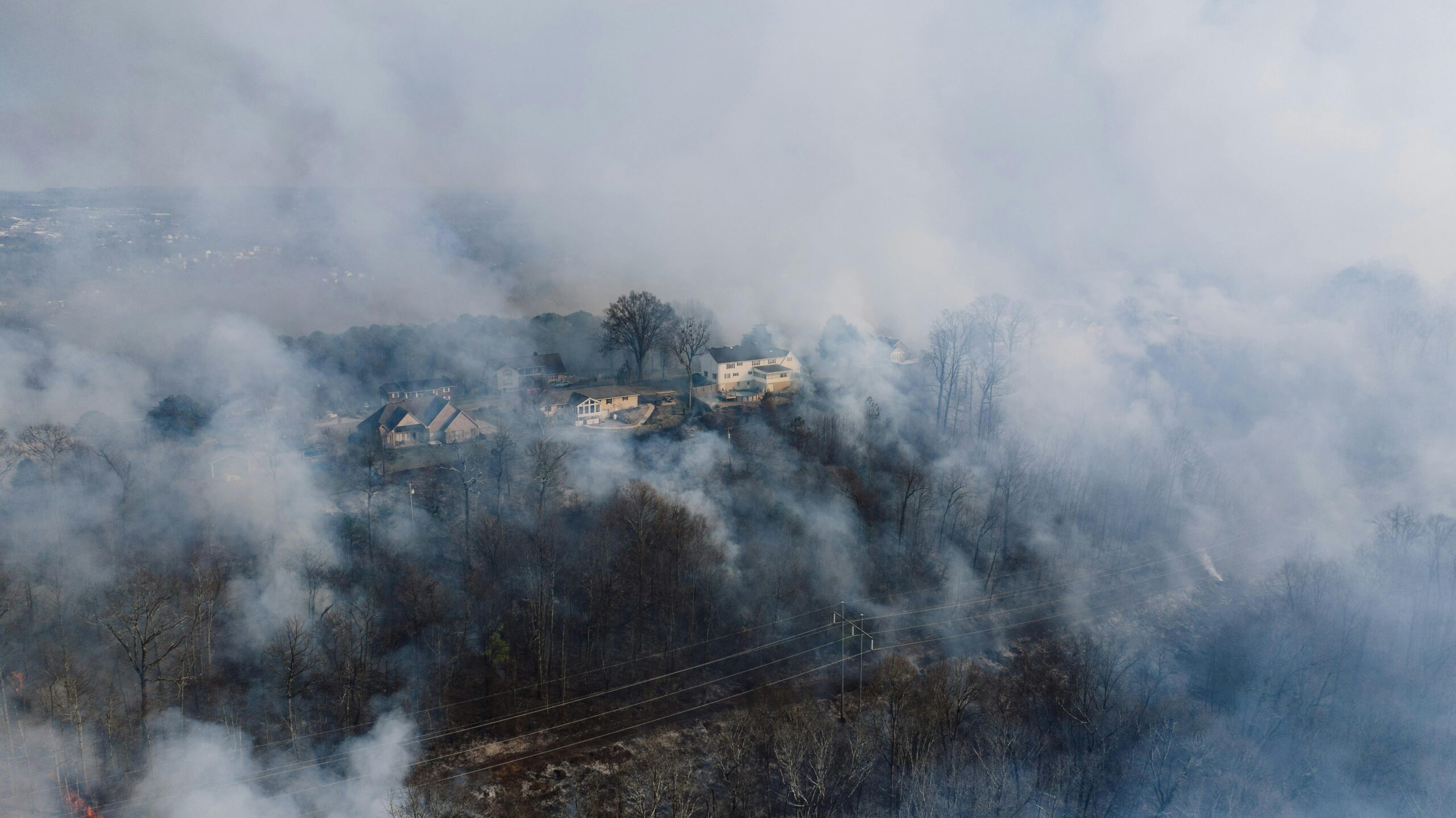Experiments, models, and post-fire studies have shown homes ignite during wildfires due to the condition of the home and its surroundings, up to 200′ from the foundation. The last couple of years, fire researchers have found more and more cases of homes burning down due to combustibles directly linked (first five feet) to the structure. Specifically, embers and small flames from low intensity surface fires are igniting adjacent combustibles which are, in turn, igniting homes. Therefore, the Home Ignition Zone receiving the most attention lately, is the area within 0-5 feet of the home.

The Home Protection Zone as suggested in the Wildfire Home Assessment Checklist published by Insurance Institute for Business & Home Safety (Source: http://disastersafety.org/wp-content/uploads/wildfire-checklist_IBHS.pdf)
First Five Feet Defined
The actual home, including roof and deck, along with the area within five feet of the zone makes up what the NFPA refers to as the “Immediate Zone”. According to the site, science has proven that this is the most important zone to take action on as it is the most vulnerable to embers and therefore home ignition. The group also provides a few suggestions for this zone which will help the survivability of a home during a wildfire event.
- Clean roofs and gutters of dead leaves, debris and pine needles that could catch embers.
- Replace or repair any loose or missing shingles or roof tiles to prevent ember penetration.
- Reduce embers that could pass through vents in the eaves by installing 1/8 inch metal mesh screening.
- Clean debris from exterior attic vents and install 1/8 inch metal mesh screening to reduce embers.
- Repair or replace damaged or loose window screens and any broken windows Screen or box-in areas below patios and decks with wire mesh to prevent debris and combustible materials from accumulating.
- Move any flammable material away from wall exteriors – mulch, flammable plants, leaves and needles, firewood piles – anything that can burn. Remove anything stored underneath decks or porches

The six keys to safety in the 0-5 foot zone





One Comment